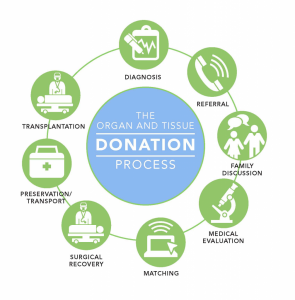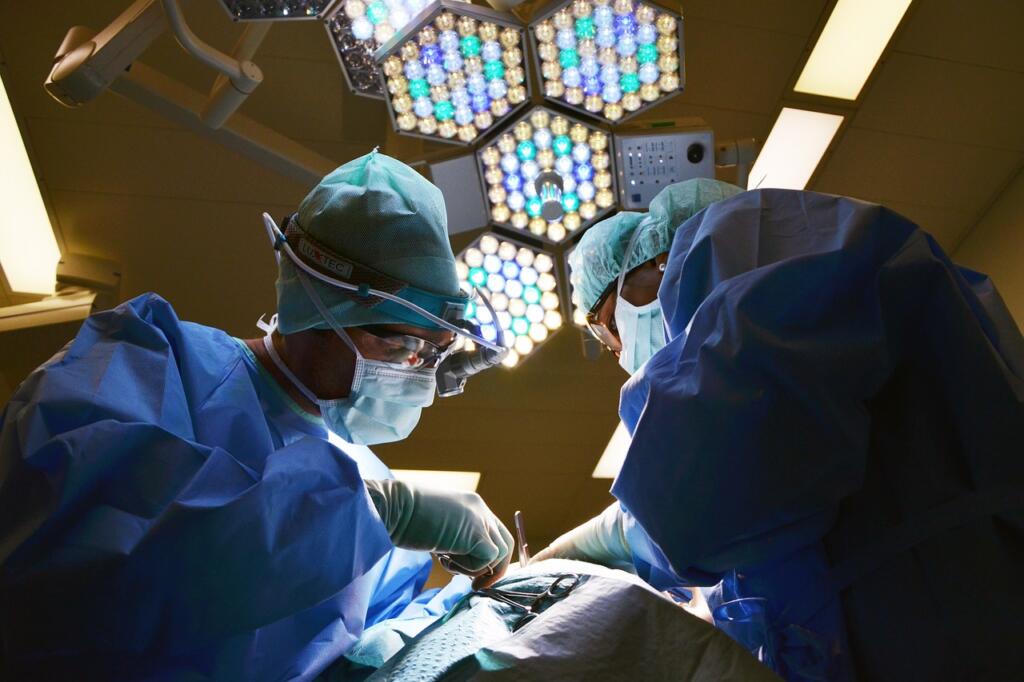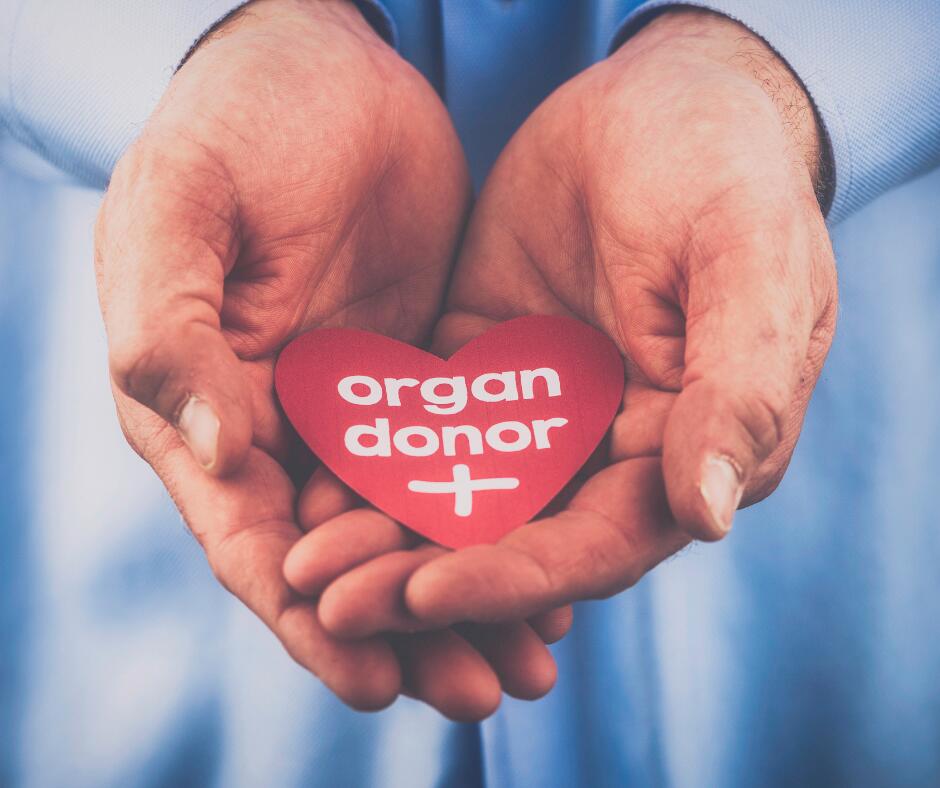Donation Essentials Blog
How Are Organs and Tissues Transported for Transplant?
Curious how organs are transported for transplant?
All local organs for transplant are accompanied by a certified courier and/or tracked using a monitoring device. It’s important to keep a few facts in mind when about how organs are transported:
- The time donor kidneys remain viable outside the body allows for the use of commercial transport which helps control costs and keeps transplant accessible for more patients in need.
- Though one potentially lifesaving organ going unused is too many, a very small number of kidneys, approximately 0.14% in the last five years nationally, have been compromised due to transportation issues.
- Donor Alliance employs the use of kidney perfusion machines in the vast majority of cases which allow for remote monitoring of the organ.
The Organ Transportation Process
Organs recovered for transplant include: heart, lungs, kidney, liver, pancreas and small intestine.
- Preservation: Once the organs have been recovered, timing becomes essential for the success of the transplantation. Each organ is carefully preserved using special solutions and packed on ice for transportation to the transplant center. There are specific processes in place to ensure that each organ is packaged and labeled appropriately.
- Transportation: Most organs travel to the hospital of the waiting recipient, escorted by the recovering surgeon and are then given to the surgeon who will perform the transplant. Since our service area covers all of Colorado and most of Wyoming, sometimes a flight is required to transport the organs from the donation hospital to the transplant center. In that case, we work closely with a private charter flight service to transport the organs to transplant centers. If a commercial flight is needed, the organs are always accompanied by a certified courier and/or tracked using a monitoring device.

Revolutionizing and Expediting Lifesaving Organ & Tissue Transport
In 2023, Donor Alliance joined the Matador Uncrewed Aerial System (UAS) Consortium to explore the possibility of leveraging advanced drone technology to quickly transport lifesaving organs across long distances between rural hospitals and hospitals where transplants occur. Currently, OPOs leverage both commercial and private ground and air transportation services for safe delivery of donated organs and tissue. The initiative is working in coordination with the Federal Aviation Administration to build a corridor to ensure airspace for drone travel, which will be another tool used by OPOs to transport lifesaving organs and other timely medical needs.
“Nearly 1,300 people in Colorado and Wyoming are currently waiting for a lifesaving organ transplant,” said Jennifer Prinz, president and CEO of Donor Alliance. “Donor Alliance is committed to exploring innovation that can help us honor donors’ gifts in rural communities and save and heal recipients in a safe and timely manner.”
The Tissue Transportation Process
Tissues recovered for transplant are: bones, tendons, heart valves, veins, arteries, skin, and corneas.
- Preservation: Once the tissues for transplantation are procured, they are carefully placed in the appropriate preservation solution, packaged and labeled. All tissues are preserved in coolers, where temperatures are monitored.
- Transportation: The tissues are couriered to the tissue processors, who perform additional testing on the tissues to ensure they are safe for transplantation and prepare them for the recipients. When the tissues are being transported from the recovery facility to the tissue processor there is regular and consistent communication between both parties to ensure that the tissues arrive within the necessary time frames. Hearts recovered for valve transplantation must arrive at the Processor facility within 24 hours of recovery. Because tissues are processed, there are varying preservation time frames, some tissues may be processed and stored for up to five years. The tissue processors use the recovered tissue to create numerous grafts for transplant in procedures such as ACL replacement, coronary artery bypass surgery, skin grafts, some dental procedures and more.
It’s important to remember, this is only a part of the organ and tissue donation and transplantation process. You can read more about the organ donation process and tissue donation process on our website.
At Donor Alliance, our mission is to save and heal lives through organ and tissue donation for transplantation. We’re also here to share the facts surrounding donation, including how organs are transported. If you ever have a question about donation and transplantation, we encourage you to visit our Donation FAQ page or call us at 303-329-4747. You can also visit our registry websites, DonateLifeColorado.org or DonateLifeWyoming.org, to learn more and to sign up to be an organ, eye and tissue donor.


